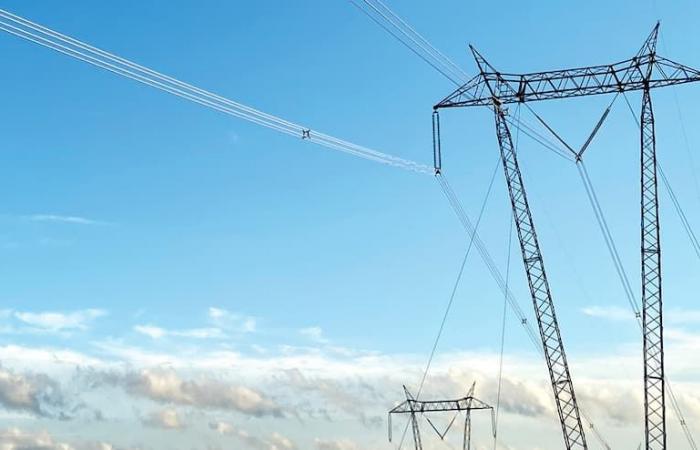Hydro-Quebec intends to relaunch the wind energy sector, revealed The newspaper at the end of November. The crown corporation needs new energy supplies for 2027 as it will run dry. Quite a change of course: in November 2018, Prime Minister François Legault declared: “Hydro-Québec is forecasting surpluses for the next 20 years”.
What happened? No, it’s not because of the electricity export treaties. Data centers, vehicle electrification, an explosion in the number of greenhouses: domestic consumption is gaining strength thanks to the development of new markets. Summary :
HEAT GREEN
The conversion of heating in residential and commercial buildings from fossil fuels to electricity will require a significant increase of 2.6 TWh (the equivalent of the consumption of more than 130,000 households) in electricity consumption. HQ has already recognized that it would cause him serious headaches during the coldest days of winter. Some industrial activities can be offloaded during these periods, but it is less convenient to turn off the heating.
DATA CENTERS
The consumption of data centers, buildings that bring together mainframe computers, servers, storage arrays and telecommunications equipment, will explode by 2029. It will be multiplied by nine and will reach 5.4 TWh, or the equivalent production from the Jean-Lesage (Manic-2) power station, which is 5.3 TWh.
Nearly 50 centers have been installed in Quebec since 2015. For the moment, their needs are still only a drop of water compared to Hydro-Quebec’s production capacity. But Quebec is working hard to attract new players. HQ even advertises: “A price starting at 3.98 ¢ CA / kWh, transmission and distribution included, for your data center. Yes, you read that correctly! ”She proclaims in an insert. This price is lower than the new wind or solar supplies that the crown corporation will have to purchase. But the rewards are worth the candle, according to a KPMG study commissioned by HQ. By 2025, data centers are expected to generate 14,000 jobs.
GREENHOUSE AGRICULTURE
Photo d’archives, Agence QMI
The Legault government wants to double the production of food produced in greenhouses within five years. The Régie de l’Énergie recently accepted the creation of a new tariff for this type of energy-intensive agriculture: 5.59 ¢ / kWh. Hydro-Quebec will have to generate more turbines: the consumption of greenhouses will be quadrupled and will reach 1.2 TwH. The new tariff will apply to both photosynthetic lighting and heating. This decision is important because, due to higher costs for electricity, most of the province’s greenhouses have so far been heated with natural gas, propane and fuel oil.
TRANSPORTATION (ELECTRIC VEHICLES, BUSES AND PUBLIC TRANSPORTATION)
File photo, Martin Alarie
Vehicles that run on electricity are not new: the Montreal metro has moved millions of people since 1966. But the proliferation of electric cars (1.5 million EVs planned on the roads in 2030), the entry into service and the Metropolitan Express Network, and the conversion of school and municipal buses to diesel will be felt. Consumption in this sector will be multiplied by six and will reach 3.9 TWh.
♦ 1 TWh represents the energy consumption of approximately 54,000 households.
♦ The Romaine complex has an annual production of 8 TWh.
These were the details of the news Where have our surplus electricity gone? for this day. We hope that we have succeeded by giving you the full details and information. To follow all our news, you can subscribe to the alerts system or to one of our different systems to provide you with all that is new.
It is also worth noting that the original news has been published and is available at news1.news and the editorial team at AlKhaleej Today has confirmed it and it has been modified, and it may have been completely transferred or quoted from it and you can read and follow this news from its main source.

